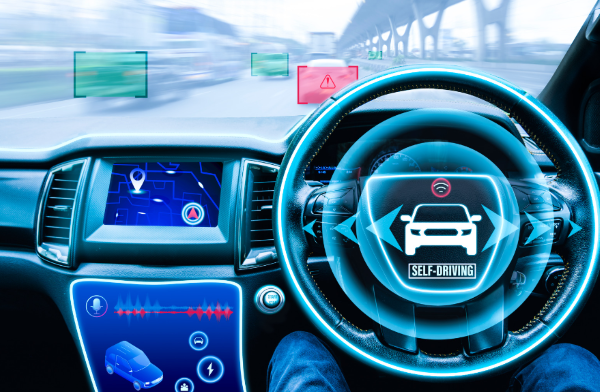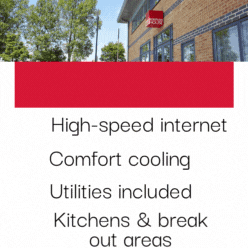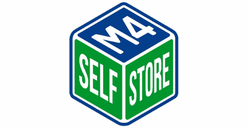In case you missed it see what’s in this section
Let's Talk

Object Detection and Recognition
Imagine a world where machines can see and make sense of their surroundings just like humans do; well, this is no longer science fiction but a reality made possible through strides in object detection and recognition technologies. From self-driving cars to state-of-the-art surveillance systems, these technologies are reshaping industries. This post goes into the intricacies, applications, challenges, and future trends that take object detection and recognition to the next step in this exciting field.
Object Detection
Object detection is the computer vision technique for the identification and localization of objects in images or video frames. In contrast to general recognition, which is the identification of objects with or without their locations, object detection presents methods that actually localize these objects, mainly by putting bounding boxes around them. Techniques such as sliding windows, anchor boxes, and region proposals make underlying feature maps put more emphasis on different areas of the image to detect objects. This process is a crucial component of computer vision development services, enabling the creation of intelligent systems that can analyze visual data with precision.
Object Recognition
It, therefore, goes ahead to identify and classify the objects detected in an image. While object detection answers the question of where an object is, object recognition answers the question of what the object is. It therefore borrows a lot from deep learning models and more on the convolutional neural network. They can learn from large datasets to accurately classify objects based on their features.
Technical Overview
How Object Detection Works
The object detection pipeline generally involves several key steps:
- Preprocessing: Images are resized, and normalized, and often transformed to enhance the features that need to be detected.
- Feature Extraction: Convolutional neural networks (CNNs) are used to extract high-level features from images, such as edges, textures, and shapes.
- Region Proposal: Techniques like selective search or region proposal networks (RPNs) generate candidate regions where objects might be located.
- Classification and Localization: Each proposed region is classified to identify the object and determine its exact location within the image.
Popular object detection models include:
- YOLO (You Only Look Once): Known for its speed and efficiency, YOLO processes images in real time, making it ideal for applications requiring quick decision-making.
- Faster R-CNN: A robust model that balances accuracy and speed by integrating region proposal networks directly into the CNN architecture.
- SSD (Single Shot MultiBox Detector): Focuses on detecting objects at different scales within the same image, making it suitable for detecting small objects.
How Object Recognition Works
Object recognition is primarily driven by deep learning models, especially CNNs, which are adept at identifying patterns and features within images. For businesses seeking to enhance their capabilities, image recognition software development services are crucial in implementing these advanced techniques. The process typically involves:
- Data Collection and Annotation: Large datasets of labeled images are gathered to train the model.
- Training the Model: The CNN learns to recognize features through layers of convolutional operations, pooling, and fully connected layers, gradually improving its ability to classify objects.
- Inference: Once trained, the model can accurately classify objects in new, unseen images.
High-quality datasets like ImageNet and COCO play a crucial role in training these models, providing the necessary diversity and volume of data to ensure robust performance.
Applications
Autonomous Vehicles
In autonomous vehicles, object detection and recognition are fundamental for understanding the environment.
These technologies allow cars to detect pedestrians, other vehicles, road signs, and obstacles, enabling safe navigation. For example, Tesla’s Autopilot system uses advanced computer vision techniques to process real-time data from cameras, helping the vehicle make informed decisions.
Surveillance and Security
Surveillance systems leverage object detection and recognition to monitor public spaces, detect suspicious activities, and enhance security protocols. These systems can automatically recognize and track individuals, detect unattended objects, and trigger alerts in real time, improving response times and reducing human error.
Healthcare
In healthcare, object detection and recognition are revolutionizing medical imaging. For instance, in radiology, these technologies help detect tumors, fractures, and other abnormalities in X-rays, MRIs, and CT scans. AI-powered tools assist radiologists in making quicker, more accurate diagnoses, leading to better patient outcomes.
Retail and E-commerce
Retailers are using object detection and recognition to enhance customer experiences. Visual search tools allow customers to upload images of products they like and find similar items in online stores. Additionally, these technologies help in inventory management by automating the process of counting and locating items within warehouses.
Challenges and Limitations
Accuracy and Reliability
One of the significant challenges in object detection and recognition is ensuring high accuracy and reliability, especially in critical applications like healthcare and autonomous driving. False positives (incorrectly identifying an object) and false negatives (failing to detect an object) can have serious consequences, making it essential to continuously improve these models.
Computational Power
Object detection and recognition require substantial computational resources, particularly for training deep learning models. This can be a limitation in deploying these technologies on edge devices like smartphones or IoT devices, where processing power is limited. Optimizing models for efficiency without compromising accuracy is an ongoing challenge.
Ethical Concerns
The widespread use of object detection and recognition in surveillance raises ethical concerns, particularly around privacy. The ability to monitor individuals and analyze their behaviors can lead to misuse if not regulated properly. Ensuring that these technologies are used responsibly and transparently is crucial to addressing these concerns.
Future Trends
Advancements in Deep Learning
Further accuracy and efficiency in models developed for object detection and recognition with the continuous development of deep learning. Such techniques as transfer learning and reinforcement learning are likely to turn out to be very significant, especially in improving model performance in special applications.
Integration with AR/VR
Object detection and recognition integrated into augmented reality and virtual reality will also give extremely immersive experiences. For example, AR apps could identify real-world objects and add information overlays that are interactive to their physical counterparts—raising stakes at times in education, retail, and entertainment experiences.
Edge Computing
Real-time object detection and recognition will be further driven by edge computing on resource-constrained devices. This is particularly useful in IoT use cases where latency and connectivity issues make a cloud-based solution impractical.
Conclusion
Object detection and recognition are at the very heart of any modern computer vision, letting machines see and act upon the world in ways previously unimaginable. They are driving innovation across industries—from self-driving cars to healthcare technologies. However, with greater prevalence, how to handle challenges of accuracy, computational power, and ethical considerations will be instrumental for their continued success
Weather in Swindon
Listings




















